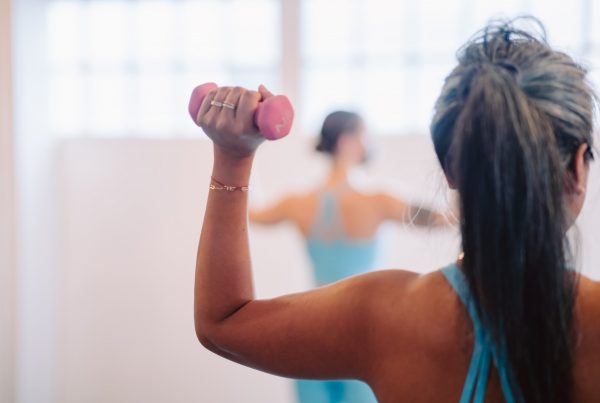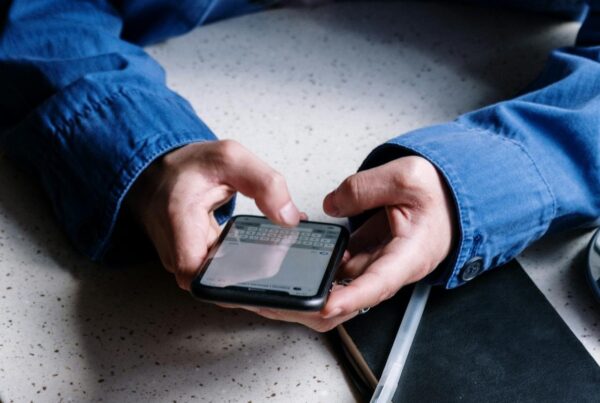Oh my God, would you look at her butt?
When Sir Mix-A-Lot released his 1992 smash hit, “Baby Got Back”, not even he could have imagined the increasing demand for bigger backsides almost 30 years later. In fact, what was once ridiculed and mocked, having bigger butts, has now spearheaded the demand for plastic surgery with butt lifts becoming the fastest growing cosmetic surgery in the world.
Now while some may say advise that you buy it, if you’re not born with it, some doctors would strongly advise against it.
While chatting with TMZ Live, famous plastic surgeon and star of Botched Dr. Terry Dubrow shares that a Brazilian Butt Lift (BBL) is one of the worst things you can do to your body,
“It’s extraordinarily dangerous,” Dr. Dubrow shared with TMZ. “It turns out that it’s the most dangerous, not only plastic surgery procedure, it’s the most dangerous operation there is with the highest fatality rate.”
With that said, we think it’s time we got behind one of the world’s most popular, and possibly most dangerous cosmetic surgeries.
What is the Brazilian Butt Lift (BBL)?
According to the American Board of Cosmetic Surgery, the Brazilian Butt Lift is a cosmetic procedure that involves the transfer of fat in order to augment the size and shape of the buttocks without the use of implants (1).
The procedure, which can cost more than $10 000, was pioneered by the Brazilian doctor Ivo Pitanguy. According to Pitanguy, whose patient list allegedly included Frank Sinatra and Sophia Loren, beauty was a human right.
“Ultimately, beauty is a sense of well-being,” says Pitanguy.
In 1960, Pitanguy founded one of the world’s first plastic surgery academies, and it was here that surgeons learned the art of the BBL. As such, it wasn’t long before the practice gradually traveled to the mainstream.
The growth of the BBL procedure
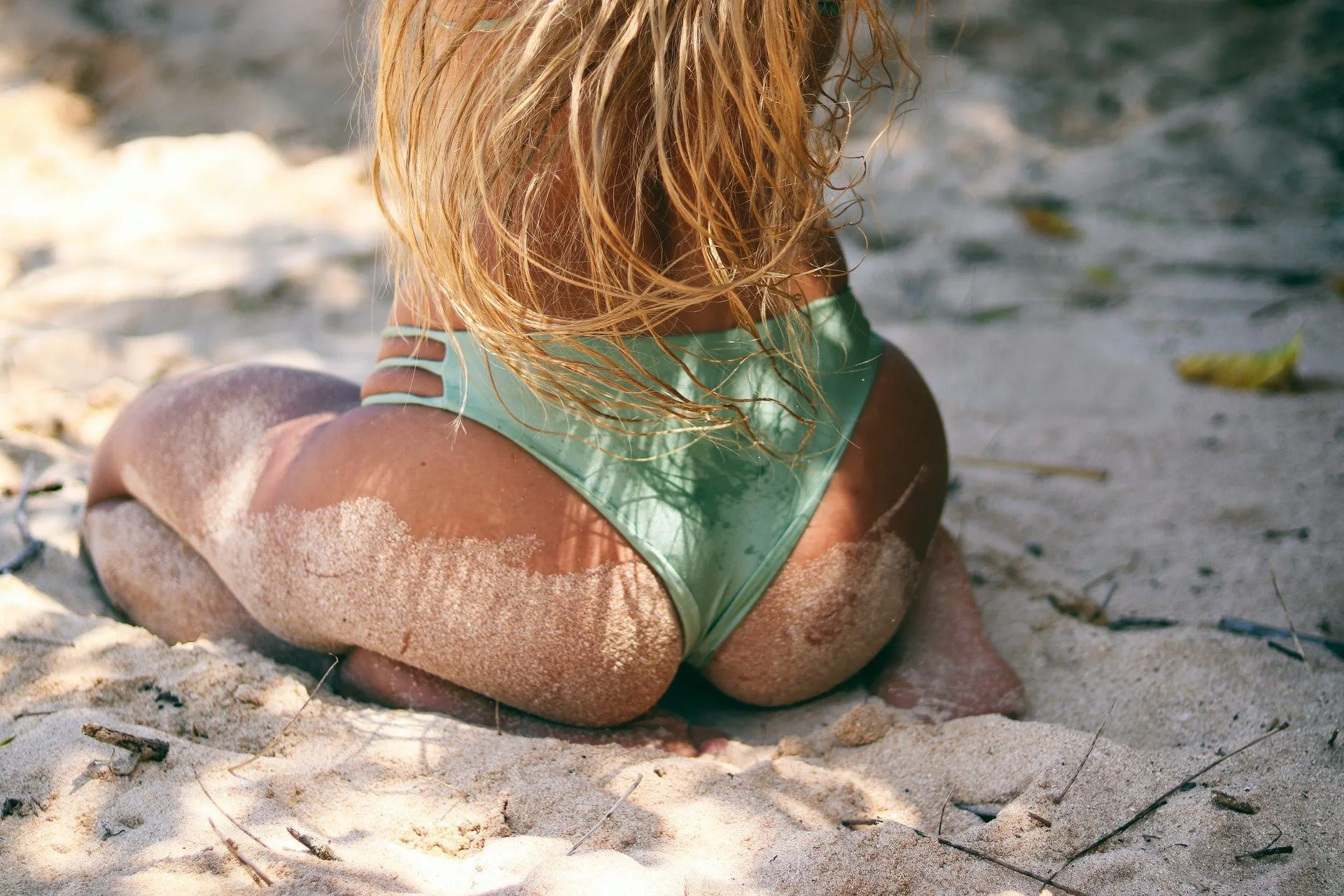
Photo by Jernej Graj on Unsplash
According to the International Society of Aesthetic Plastic Surgery, butt augmentations have increased by 65.9% since 2015, and butt lifts have increased by 77.6% since 2015. Furthermore, butt augmentations increased by 38.4% in 2019 and butt lifts by 25.5% in the same year.
According to British aesthetic surgeon Dr. Lucy Glancey, the popularity of the BBL is thanks to one woman: Kim Kardashian, whose body has had quite an impact on society. Dr. Mark Mofid, a leading American BBL surgeon, echoed these thoughts, adding that the influence of women like Jennifer Lopez and Nicki Minaj, as well as the impact of social media, “had really popularized the beauty of feminine curves”.
How does the operation work?
A BBL works in two parts: first, the surgeon will retrieve the fat (harvesting), and then they will inject the fat into your butt, in order to create the desired effect (grafting).
Harvesting
The surgeon will begin to make small incisions on the harvest sites so that they can retrieve the fat. Harvest sites are discussed beforehand, and they usually include your stomach or thigh area.
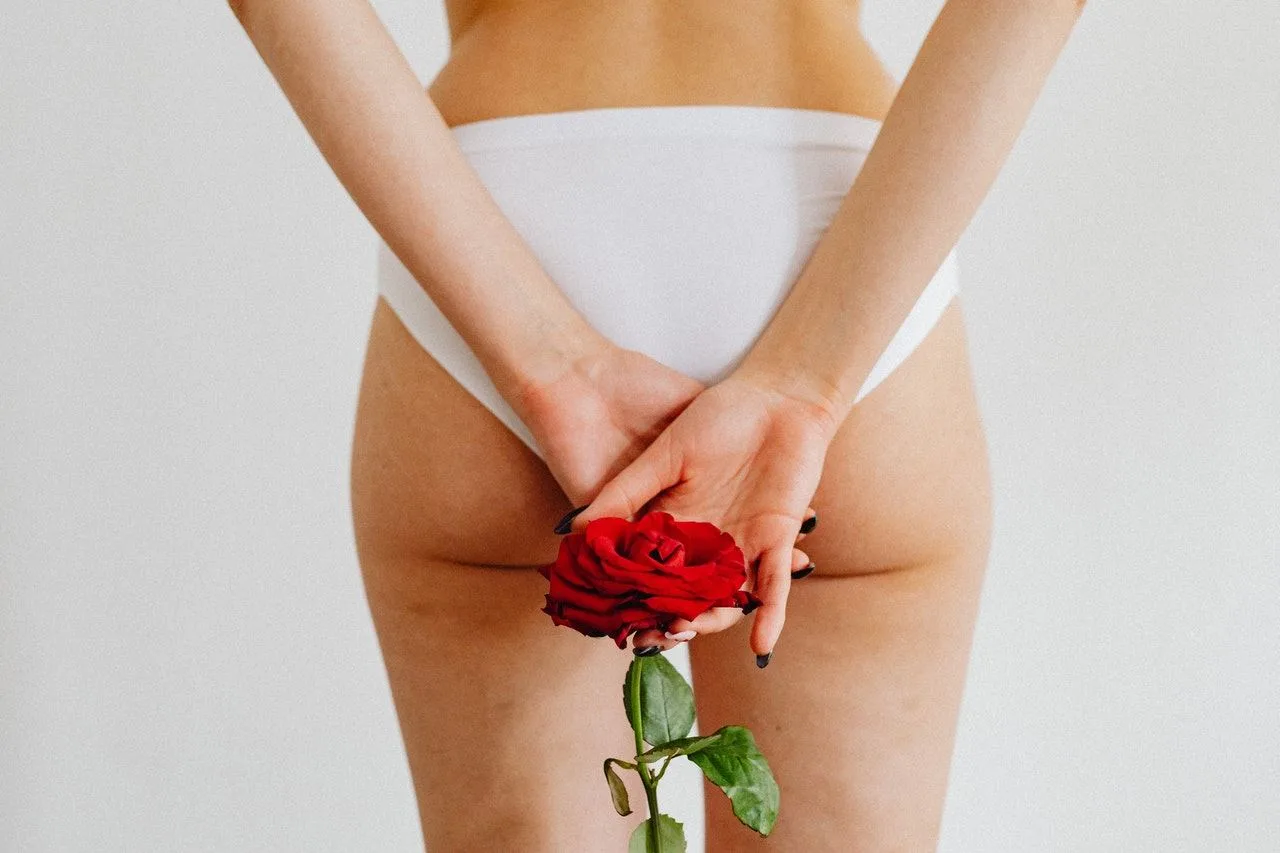
Photo by Karolina Grabowska from Pexels
Processing
The fat is not immediately grafted but is processed so that anything that can compromise the grafting process – debris, dead cells – is removed.
Grafting
Your surgeon will now inject the harvested fat into the desired areas of the buttocks. The amount of fat that they inject will depend on the requested size and shape.
The recovery period
While bruising and swelling are expected, you can generally go back to work a few days after the procedure. However, you might want to avoid putting pressure on the area, so we suggest sleeping on your stomach and avoiding strenuous exercise.
Speaking to Harper’s Bazaar, plastic surgeon David Shafer said that most of the swelling and bruises will heal during the first several weeks and this is when you can go back to the gym and be approved for travel. The last stage of recovery is where any remaining swelling will resolve, and the transferred fat has pretty much settled, and you’ll have a proper idea of what your new butt looks like.
With that said, Shafer says that it’s important to manage your expectation as the fat does take time to settle. In fact, Shafer notes that only up to 80% of the grafted fat survives, so many patients may need to revise some aspect of the surgery in the future.
“In most cases, 70 to 80 percent of the grafted fat survives while some of it absorbs,” Shafer says. “The fat is living tissue and will change with weight fluctuations in the body, so if you lose weight, the fat can shrink just like anywhere else on your body. Likewise, if you gain weight, the fat can expand just like anywhere else on your body when you gain weight.”
The darker side of BBL
Plastic surgery will always be a hot topic. However, it appears that the controversy surrounding BBL’s has taken a much darker turn.
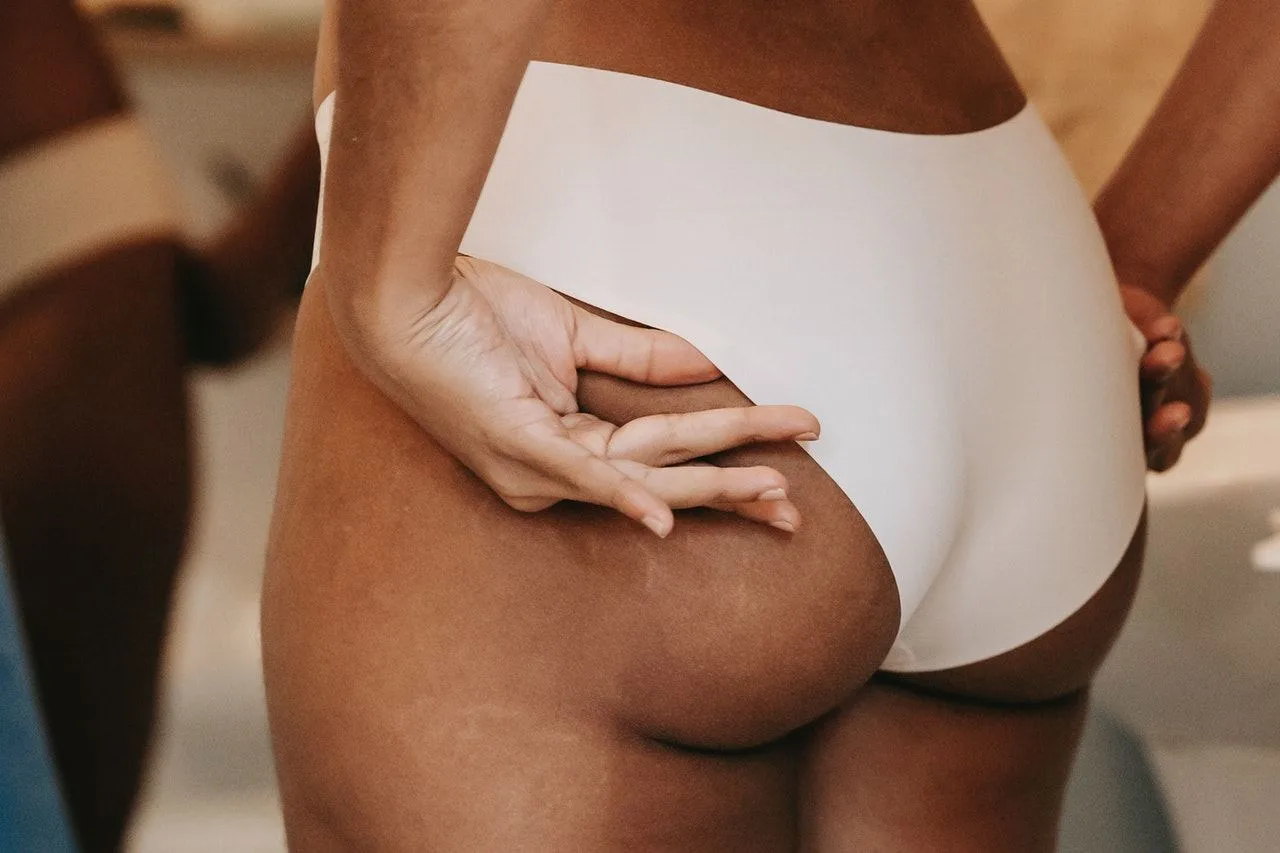
Photo by Sora Shimazaki from Pexels
Cultural appropriation
It would be hard to disassociate a woman’s body from politics and race, especially in regards to the derrière. In fact, you can trace the human fascination with larger posteriors all the way back to slavery and colonial times.
Saartjie Baartman, a South African woman, was brought to London in 1810 by a British doctor and exhibited around the country, as the “Hottentot Venus” due to her large derrière. Decades later, black women have been openly mocked about their larger posteriors, yet it appears the tides changed when Kim Kardashian began to be applauded for possessing an idealized version of a black woman’s bottom.
“I think what Kim Kardashian explicitly knows is that folks love black culture, and blackness, but not necessarily black people,” said Alisha Gaines, professor of English at Florida State University, and the author of Black for a Day: White Fantasies of Race and Empathy. She adds that Kardashian, who is of Armenian heritage, has created an environment where she can enjoy a tokenistic black aesthetic while retaining the societal privilege of being white, “It’s part of a long history of white folks taking pieces of black culture but without any of the consequences of having to be or live black.”
Moreover, Dr. Glancey has also shared that around half of the inquiries she receives about BBLs are from black women, as they feel ugly for not having the idealized body shape they believe they’re supposed to have naturally.
Curves can cause death
Unfortunately, the quest to have the perfect booty can lead to a deadly end. Arthur W. Perry, MD, FACS, is a board-certified plastic surgeon in New York and New Jersey as well as the author of “Straight Talk about Cosmetic Surgery,”. He shared the following statistics with USA Today:
- By 2015, 13 BBL deaths had occurred in Mexico.
- From 2011 to 2016, there were 25 BBL deaths among members of the American Society for Aesthetic Plastic Surgery.
- In 2017, a plastic surgery task force astonishingly reported that 3 % of plastic surgeons who performed the procedure had a patient die.
- From 2013 to 2018, just one Florida clinic had at least eight patients
- 2019 reported death rates are as high as 1 in 500.
Overall, 1 in 3000 BBLs results in death, making it the world’s most dangerous cosmetic procedure. In fact, in 2018 the British Association of Aesthetic and Plastic Surgery (BAAPS) recommended that members stop performing the procedure. Unfortunately, BAAPS is not a regulatory body, so they couldn’t enforce a ban.
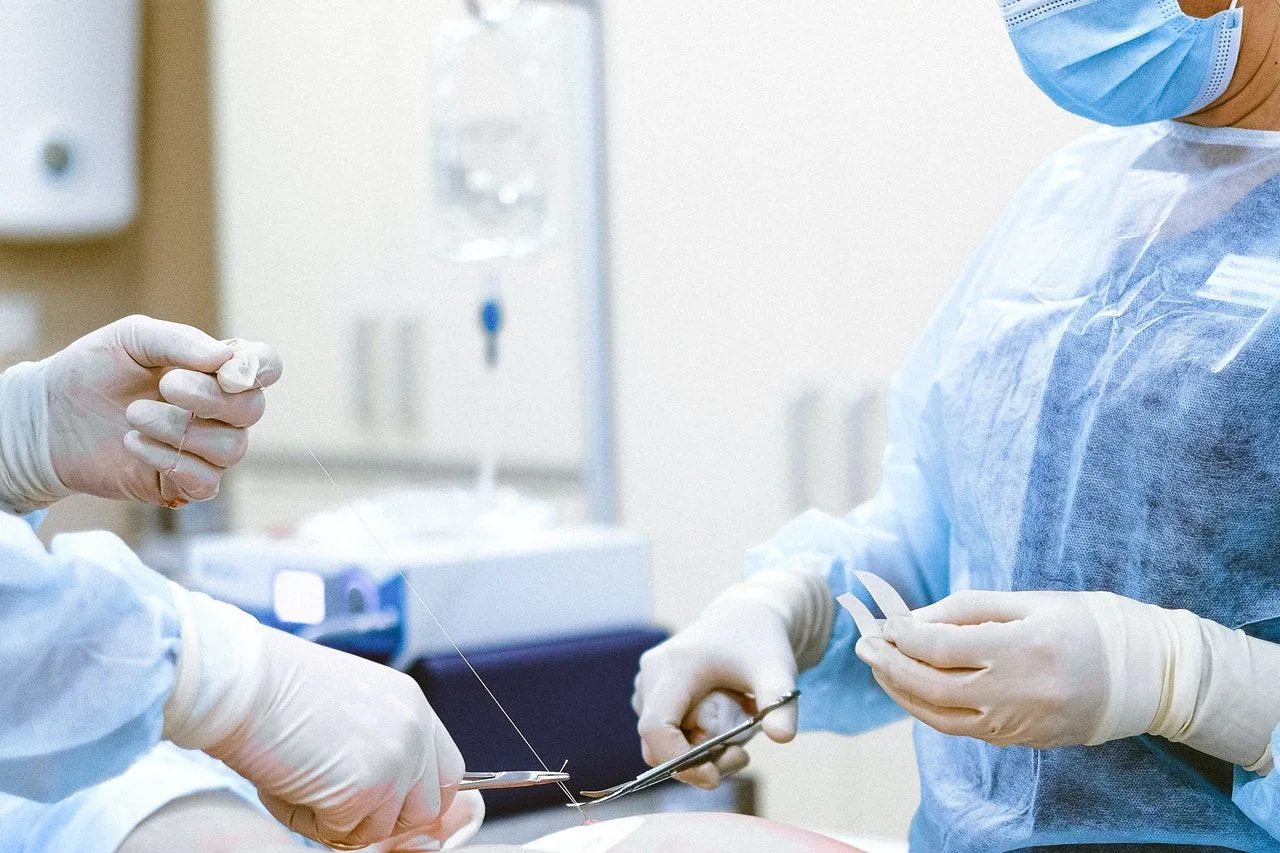
Photo by Anna Shvets from Pexels
Why is it so dangerous?
“The problem is there are these very small, little veins in the buttock that leads directly to the vena cave, which is the major blood vessel that brings blood back from your body to your heart, to your lungs. If you get fat in those little vessels, and it gets in the main vena cava and goes to your lungs, it’s over,” explains Dr. Terry Dubrow.
“There are risks involved with the injection of the fat and this is where training and experience are so important,” says Dr. Shafer. “If the fat is injected too deep or in the wrong area, the fat can enter the bloodstream can cause issues such as pulmonary embolus or clotting.”
Lack of regulation
Thanks to Pitanguy’s legacy, Brazil is the centre of cosmetic surgery and this has given rise to low-cost cosmetic procedures that aren’t always safe.
That said, it’s not only South America that’s plagued with dodgy cosmetic surgery. Comfort Zone is a popular Turkish clinic that relies on Instagram marketing to meet new clientele.
For the record, no reputable aesthetic clinic would ever rely on Instagram marketing. As such, it should come as no surprise that in 2019, Katrina Harrison, told the Mirror how she’d gone to Comfort Zone for a BBL having seen Katie Price promoting the clinic. Harrison claimed she almost died from sepsis after her surgery. When she returned to the UK, Harrison reportedly collapsed at Manchester airport and was admitted to hospital for nine days.

Photo by Vidal Balielo Jr. from Pexels
Safer BBL Alternatives
There are other, much safer ways for you to get a perkier bum. Non-invasive procedures like Velashape and CoolSculpting can help to reduce cellulite as well as tone your bum.
Additionally, exercises like lunges and squats, as well as Pilates, can work to give your bum a nice and full shape.
Should you get a BBL?
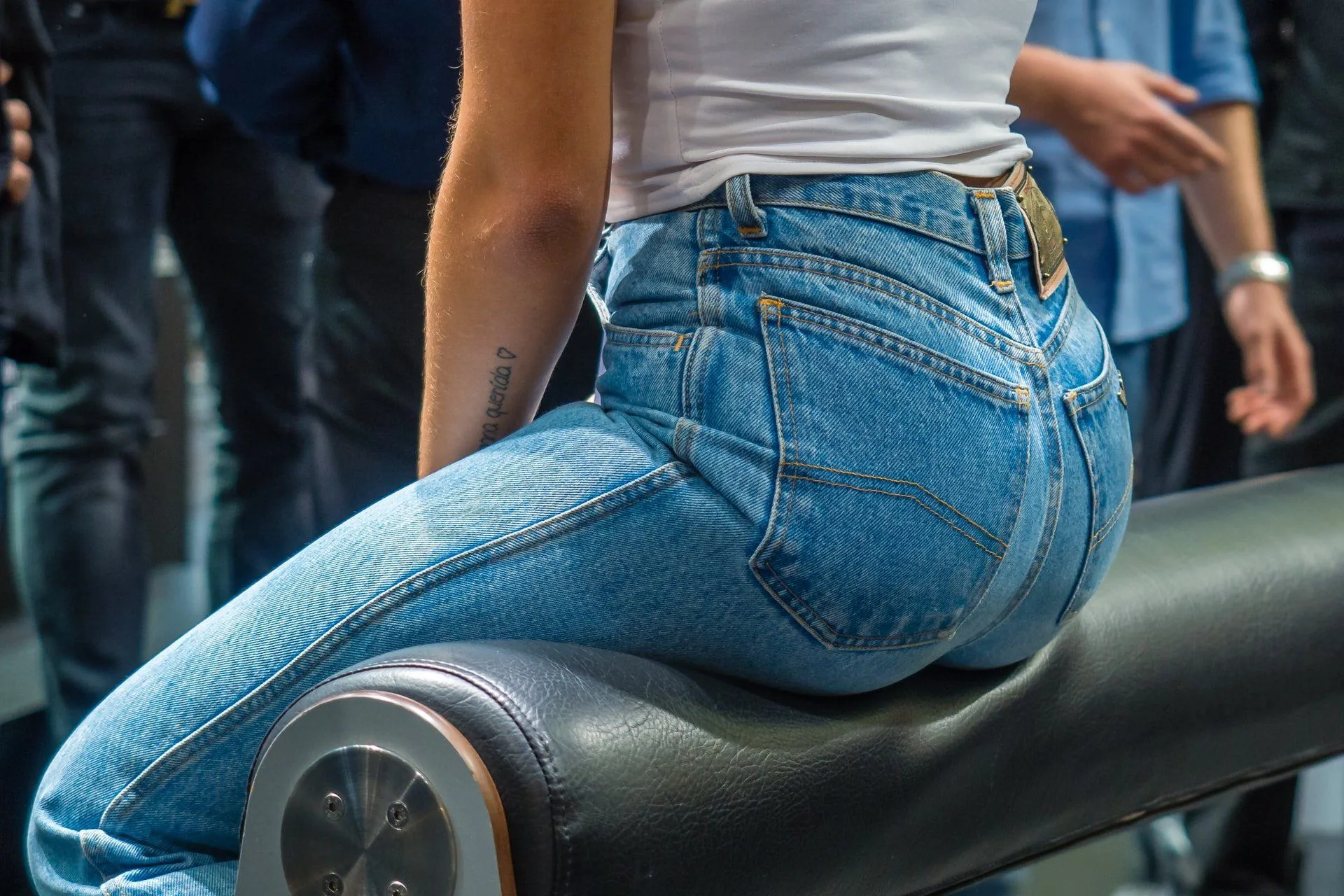
Photo by Alexander Schimmeck on Unsplash
Frankly, it all comes down to what you think, but we really wouldn’t recommend it.
“This is my litmus test, my personal golden rule of plastic surgery: if you wouldn’t let your mother or sister or brother have a procedure, you shouldn’t let your patients either,” says plastic surgeon Dr. Lara Devgan to Harper’s Bazaar.
“The Brazilian butt lift is an operation that I do not perform any longer because the mortality data speaks for itself. The risk-benefit calculus simply does not add up.”
Dr. Shafer, on the other hand, does think that as long as you do your research, then it can be an amazing procedure, “That is why it is essential to have a thorough consultation with a board-certified plastic surgeon to review your options,” he says.
He adds that you need to make sure your surgeon is certified with your country’s official board of plastic surgery and that you need to be wary of visiting clinics or countries that offer a lesser price.
Unfortunately, Dr. Andrew Perry does not agree with this sentiment.
“When patients die from a procedure that until a decade ago was considered ridiculous, something is amiss. I believe that plastic surgeons should stop performing this procedure. I’ll make few friends among my colleagues calling for a BBL ban, but the Hippocratic oath promises to “do no harm.””
References
Alvarez-Alvarez, F. A., González-Gutiérrez, H. O., & Ploneda-Valencia, C. F. (2019). Safe Gluteal Fat Graft Avoiding a Vascular or Nervous Injury: An Anatomical Study in Cadavers. Aesthetic surgery journal, 39(2), 174–184. https://doi.org/10.1093/asj/sjy237
Cárdenas-Camarena, L., Bayter, J. E., Aguirre-Serrano, H., & Cuenca-Pardo, J. (2015). Deaths Caused by Gluteal Lipoinjection: What Are We Doing Wrong?. Plastic and reconstructive surgery, 136(1), 58–66. https://doi.org/10.1097/PRS.0000000000001364
Mofid, M. M., Teitelbaum, S., Suissa, D., Ramirez-Montañana, A., Astarita, D. C., Mendieta, C., & Singer, R. (2017). Report on Mortality from Gluteal Fat Grafting: Recommendations from the ASERF Task Force. Aesthetic surgery journal, 37(7), 796–806. https://doi.org/10.1093/asj/sjx004



![women [longevity live]](https://longevitylive.com/wp-content/uploads/2020/01/photo-of-women-walking-down-the-street-1116984-100x100.jpg)





